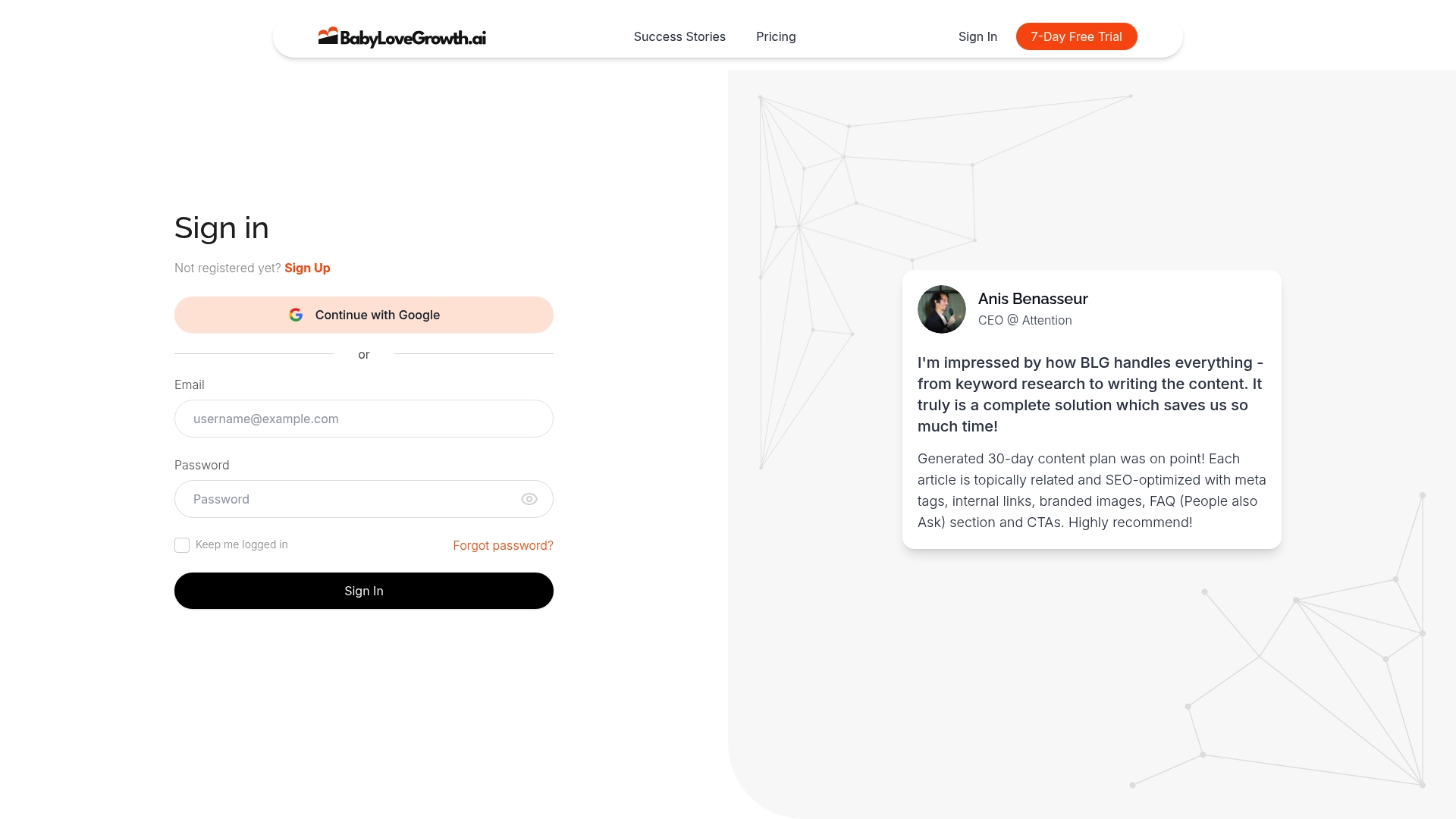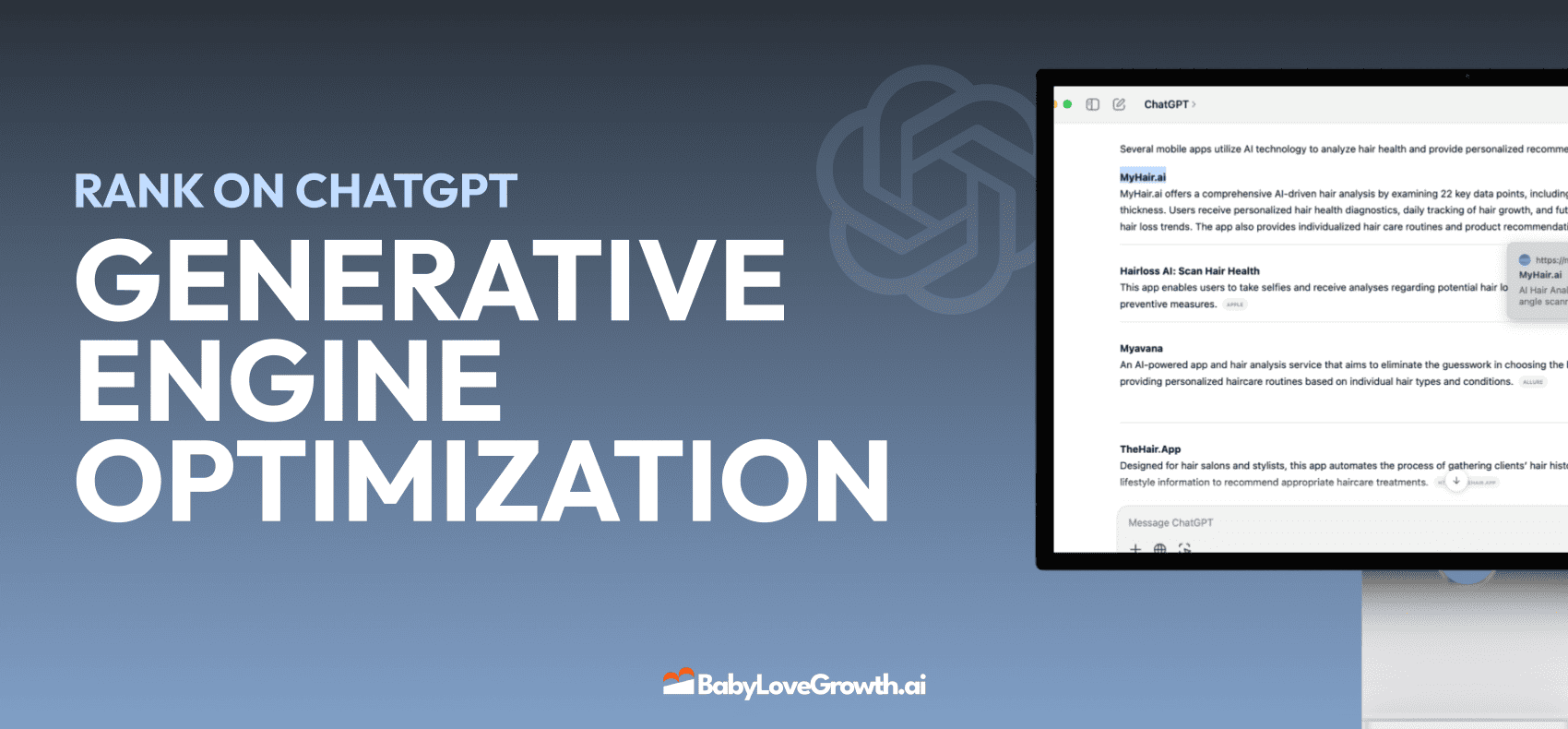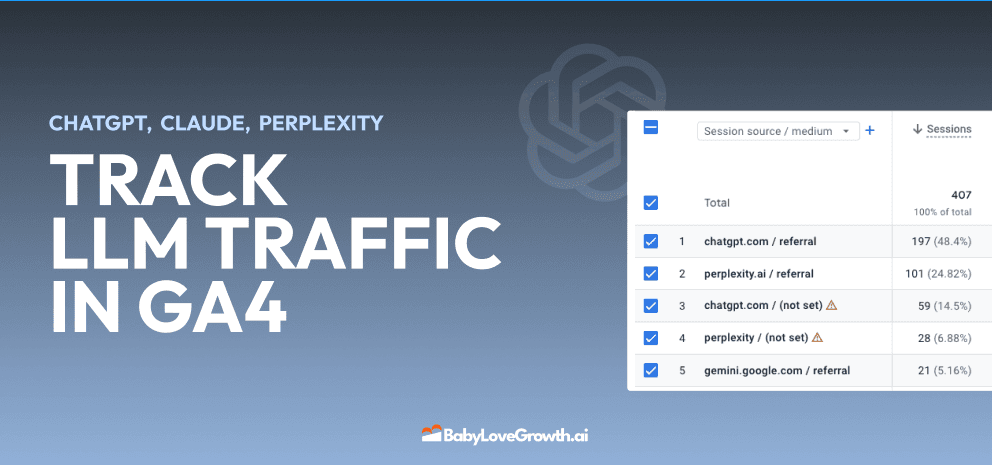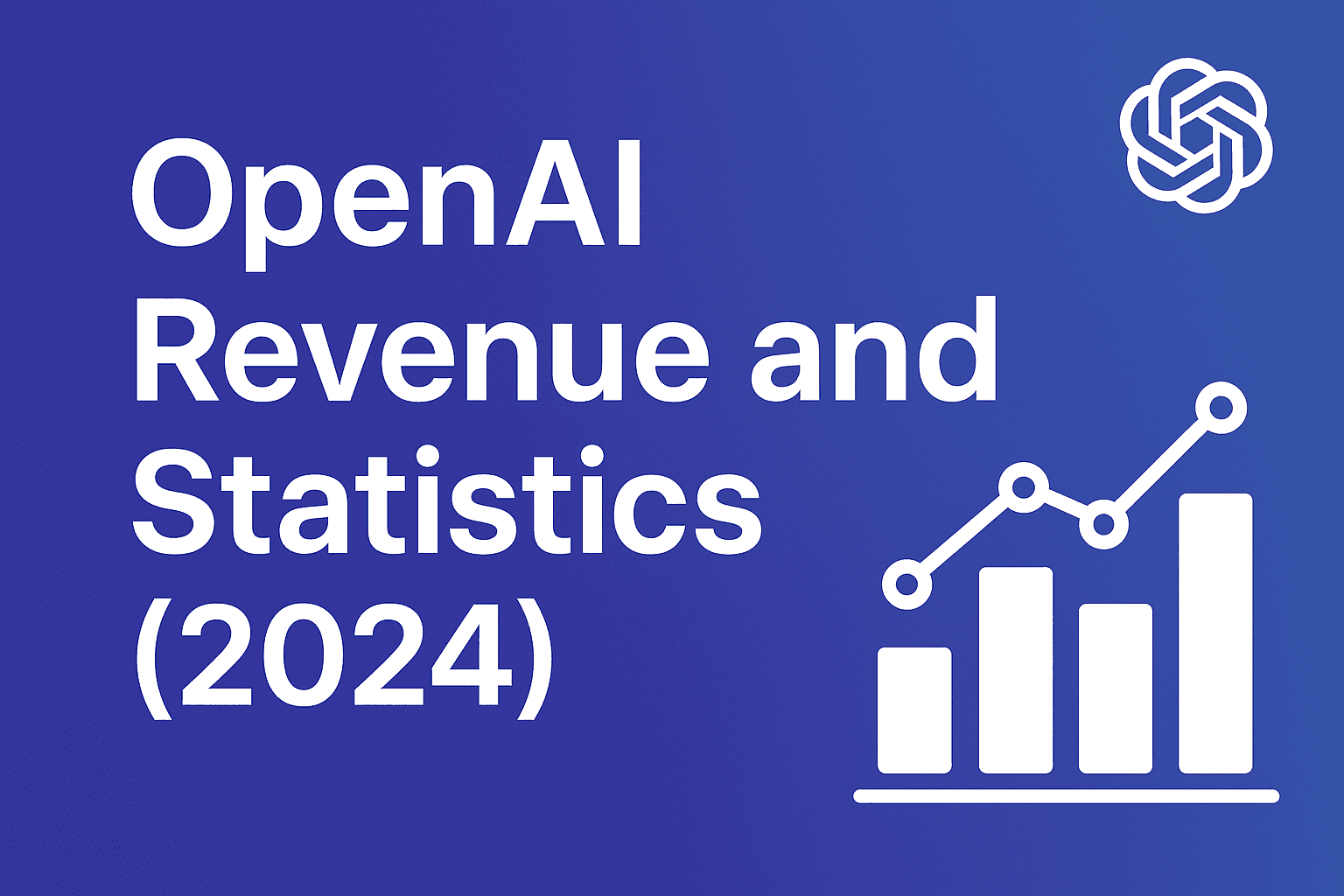Mastering Hreflangs: Your Ultimate Guide to International SEO Success

Demystifying Hreflangs: Definition, Benefits, and Key Concepts
Hreflang tags are HTML attributes that tell search engines which language and geographical region a specific page is intended for. These powerful elements enable search engines to serve the most appropriate version of your content to users based on their language preferences and location.
.jpg)
Understanding hreflang tags is essential for websites targeting multiple countries or languages. When implemented correctly, these HTML attributes solve three critical international SEO challenges:
-
Preventing duplicate content issues across language variants
-
Ensuring users see the most relevant version of your content
-
Improving user experience by matching content to language preferences
The hreflang attribute follows a standardized format: hreflang="language_code-country_code". For example, hreflang="en-us" targets English speakers in the United States, while hreflang="es-mx" targets Spanish speakers in Mexico.
According to a Semrush study, websites that correctly implement hreflang tags see up to 30% improvement in click-through rates for their international pages. This occurs because search engines can confidently present users with content in their preferred language, significantly enhancing relevance and user experience.
Hreflang implementation requires three key components: proper language codes, reciprocal linking (each language version must reference all others), and self-referencing (each page must reference itself). These technical requirements form the foundation of effective hreflang usage.
Key Takeaways
| Key Point | Details |
| Importance of Hreflang Tags | Hreflang tags are critical for targeting multiple countries or languages effectively. |
| Benefits of Proper Implementation | Correctly using hreflang tags can lead to a 30% improvement in click-through rates by serving relevant content to users. |
| Essential Components | Successful hreflang implementation depends on proper language codes, reciprocal linking, and self-referencing. |
| International SEO Challenges | Hreflang tags help prevent duplicate content issues, ensure users see relevant versions, and improve user experience. |
Step-by-Step Implementation: How to Set Up Hreflangs on Your Website
Implementing hreflang tags correctly requires careful planning and execution. Follow these steps to establish an effective international SEO structure using hreflang attributes:

-
Identify your target language-region pairs - Create a comprehensive list of all language-country combinations your website serves. For example: en-us, en-gb, es-es, de-de.
-
Generate the proper hreflang HTML code - Each page needs hreflang references to all language variants including itself. The syntax follows this format:
<link rel="alternate" hreflang="language_code-country_code" href="URL" /> -
Place the tags in your HTML - Insert the hreflang elements in the
<head>section of each page. For a website with English, Spanish and German versions, each page requires three hreflang tags. -
Verify reciprocal linking - Ensure each language version references all other versions. This creates a complete hreflang network that search engines can navigate.
-
Test your implementation - Use tools like Google Search Console’s International Targeting report to identify potential hreflang errors.
Alternatively, hreflang attributes can be implemented via:
-
XML sitemaps (ideal for large websites)
-
HTTP headers (for non-HTML content like PDFs)
A real-world example from Airbnb demonstrates effective implementation: their homepage contains 63 different hreflang tags, covering every language-region variant they serve. This comprehensive approach helps them maintain strong international SEO performance across diverse markets.
Remember that hreflang tags provide signals, not directives - they guide search engines but don’t force specific user experiences.
Best Practices: Avoiding Common Hreflang Mistakes
Successful hreflang implementation requires attention to detail. Avoid these frequent pitfalls that undermine international SEO efforts:
-
Incomplete hreflang networks - Every language version must reference all other versions, including itself. Missing reciprocal links break the implementation.
-
Invalid language or country codes - Use ISO standards: ISO 639-1 for languages and ISO 3166-1 Alpha-2 for countries. For example, “en-us” not “en-USA” or “english-usa”.
-
Conflicting signals - Ensure hreflang tags align with other international targeting signals like ccTLDs or geotargeting in Search Console.
-
Incorrect implementation across platforms - Different CMSs handle hreflang differently. WordPress users can leverage plugins like Polylang, while Shopify requires custom code solutions.
-
Missing self-referential tags - Each page must include a hreflang attribute pointing to itself.
A case study from Booking.com demonstrates the impact of proper implementation: after fixing hreflang errors across their 40+ language versions, they saw a 24% increase in organic traffic to non-English variants within three months.
Hreflang attribute implementation should be monitored regularly. Search engines like Google provide specific error reports for hreflang tags in Search Console. Check these reports monthly to catch and resolve issues before they impact your rankings.
For complex international sites, consider using automated tools to validate your hreflang structure. These tools can quickly identify missing tags, invalid language codes, and broken reciprocal links across thousands of pages.
Troubleshooting Hreflangs: Answers to FAQs and Common Pain Points
Implementing hreflang tags often raises specific questions and challenges. Here are solutions to the most common hreflang issues:
Why aren’t my hreflang tags working?
This typically stems from one of these issues:
-
Incorrect language-country code format (use
en-us, noten_usorenglish) -
Missing reciprocal links between language versions
-
Conflicting geotargeting signals elsewhere
-
Robots.txt blocking search engines from accessing alternate URLs
How do I handle content that’s identical across multiple countries?
For content that’s the same language but targets different regions (like US/UK English), you still need distinct hreflang tags. Google recommends using:
<link rel="alternate" hreflang="en-us" href="https://example.com/us/" />
<link rel="alternate" hreflang="en-gb" href="https://example.com/uk/" />
<link rel="alternate" hreflang="en" href="https://example.com/en/" />
The last tag without a country code serves as a fallback for all English speakers not in the US or UK.
What about languages with no region targeting?
When targeting a language regardless of location, omit the country code: hreflang="es" targets Spanish speakers worldwide.
The x-default attribute solves the problem of users whose language isn’t covered by your hreflang implementation. According to Google’s analysis, sites implementing x-default see 7% higher engagement from international visitors.
A major e-commerce site discovered their hreflang implementation wasn’t working because their CDN was serving cached pages that stripped the HTML head elements. After moving hreflang implementation to their XML sitemap instead, their international targeting improved within two weeks.
Remember that hreflang tags require patience - search engines may take 2-4 weeks to fully process and respect newly implemented hreflang attributes.
Measuring Success: Analyzing Hreflangs Impact on Global SEO
Effective measurement is crucial to understanding how your hreflang implementation affects international SEO performance. Track these key metrics to evaluate and optimize your global presence:
-
Language/country segment performance - Analyze organic traffic, rankings, and conversions by language-region pairs. Compare performance before and after implementation to quantify impact.
-
Search Console data - Review the International Targeting report to identify hreflang errors and monitor impression changes for alternate URLs.
-
Localized bounce rates - Properly implemented hreflang tags typically reduce bounce rates as users land on content in their preferred language. A 15-25% reduction indicates successful implementation.
-
SERP monitoring - Track how your URLs appear in search results from different countries and languages using tools that simulate searches from various locations.
-
Crawl errors - Monitor for specific hreflang-related issues like unindexed alternate URLs or incorrect language targeting.
A comprehensive hreflang audit should be conducted quarterly to maintain optimal performance. During each audit, verify that all new content includes proper hreflang attributes and validate the entire hreflang network’s integrity.
A multinational retailer implemented hreflang tags across their e-commerce site and tracked results over six months. The data revealed a 34% increase in non-English organic traffic and a 22% improvement in conversion rates for non-English users. These metrics provided clear evidence that search engines were correctly routing users to their language-appropriate content.
When measuring hreflang success, remember that implementation affects different metrics depending on your starting point. Sites suffering from duplicate content issues typically see ranking improvements, while those with language-targeting problems often see traffic distribution shifts across language variants.
Advanced Strategies: Optimizing Hreflangs for International Growth
Once you’ve mastered basic hreflang implementation, these advanced strategies will maximize your international SEO effectiveness:
Language-Market Prioritization
Not all language markets deserve equal resources. Analyze potential ROI across different regions using:
-
Market size and growth trajectory
-
Competitive landscape in each region
-
Conversion patterns by language
-
Cost of content localization versus expected returns
Toshiba uses a tiered hreflang approach where primary markets receive fully localized content, secondary markets get partial translations, and tertiary markets access English content with localized navigation elements.
Combining Hreflangs with Other International Signals
Hreflang tags work best when aligned with additional geotargeting signals. Create a cohesive international strategy by:
-
Aligning URL structures with language targeting (using subdirectories like /es/ or country-specific domains)
-
Implementing geotargeting in Google Search Console for country-specific sections
-
Using local hosting for markets where search speed significantly impacts rankings
-
Ensuring schema markup includes language and regional indicators
A global SaaS company increased their international conversions by 47% by combining hreflang tags with localized content delivery networks and region-specific schema markup.
Automating Hreflang Management
For large sites with hundreds of language variations, manual hreflang maintenance becomes unsustainable. Implement automation through:
-
Custom CMS modules that generate hreflang tags based on content relationships
-
API-based solutions that validate and update hreflang networks when content changes
-
Database-driven approaches that maintain language relationship mapping
This automation not only reduces errors but enables rapid expansion into new language markets without proportional increases in technical overhead.
Frequently Asked Questions
What are hreflang tags?
Hreflang tags are HTML attributes used to inform search engines about the language and geographical targeting of a webpage. They help serve the correct content variant to users based on their language preference and location.
How do I implement hreflang tags on my website?
To implement hreflang tags, identify your target language-region pairs, generate the appropriate HTML code, place the tags in the <head> section of each page, ensure reciprocal linking, and test your implementation using tools like Google Search Console.
What are the common mistakes to avoid when using hreflang tags?
Common mistakes include incomplete hreflang networks, using invalid language or country codes, conflicting targeting signals, incorrect implementation across different platforms, and missing self-referential tags.
How can I measure the success of my hreflang implementation?
To measure success, analyze metrics such as language/country segment performance, Search Console data, localized bounce rates, SERP appearances, and monitor for crawl errors related to hreflang tags.
Transform Your International SEO Game with AI!
Are you ready to tackle the complex world of international SEO and effectively implement hreflang tags? The challenges of duplicate content, language preferences, and user experience can be overwhelming. But what if there was a way to streamline your efforts and boost your global visibility effortlessly?

With Baby Love Growth AI, you can harness the power of AI-driven solutions tailored to elevate your SEO strategy. Our platform offers:
-
Keyword Discovery to identify the best language-targeted phrases.
-
Keyword Clustering so your content is focused and relevant.
-
Content Generation that aligns perfectly with the nuances of your target audience.
Experience a seamless integration of hreflang strategies with our tools and watch your international engagement soar by up to 30%. Don’t let poor implementation hold back your success.
Start optimizing your online presence today! Visit Baby Love Growth AI and take the first step towards overcoming your international SEO challenges NOW!
Smart SEO,
Faster Growth!
Most Read Articles

Generative Engine Optimization (GEO)
Learn how Generative Engine Optimization (GEO) helps your content rank in AI search engines like ChatGPT and Google AI. This comprehensive guide explains the differences between SEO and GEO, why it matters for your business, and practical steps to implement GEO strategies for better visibility in AI-generated responses.

Track LLM Traffic in Google Analytics 4 (GA4)
Learn how to track and analyze traffic from AI sources like ChatGPT, Claude, Perplexity, and Google Gemini in Google Analytics 4. This step-by-step guide shows you how to set up custom filters to monitor AI-driven traffic and make data-driven decisions for your content strategy.

How to Humanize AI Text with Instructions
Learn practical techniques to make AI-generated content sound more natural and human. This guide covers active voice, direct addressing, concise writing, and other proven strategies to transform robotic text into engaging content.

Open AI Revenue and Statistics (2024)
Comprehensive analysis of OpenAI financial performance, user engagement, and market position in 2023. Discover key statistics including $20B valuation, $1B projected revenue, and 100M+ monthly active users.